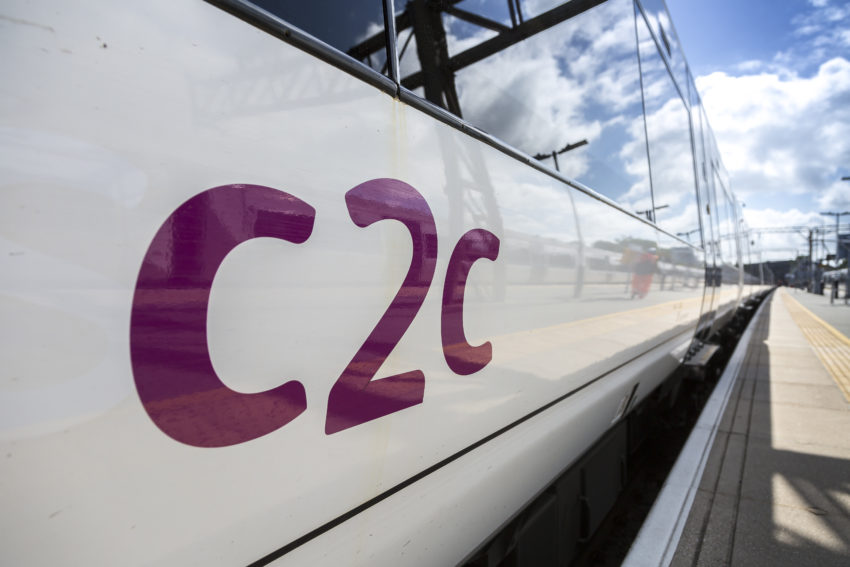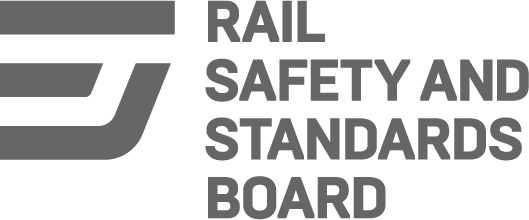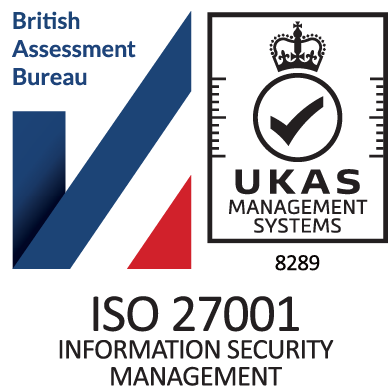
c2c, owned by Italian operator Trenitalia, operates the Essex Thameside railway franchise. They were the first company to use the AssessTech Competence Management System (ACMS).
As a business, c2c was operating a paper-reliant CMS, like most other TOCs at the time. All competence management was managed via paper-based methods and captured in paper documents. Challenges arose when, as is so often the case, paper-based assessments became untimely, individuals changed roles or were absent. The manpower required to maintain a paper-based competence process was extensive and c2c thought to themselves that there had to be a better way. Electronic competence management was always the way to go.
AssessTech also identified at the time that there had to be a better way to manage and record their competence management processes and approached c2c with an idea of working in partnership to develop something that was industry-facing. They met with c2c in April 2010, the day the iPad was released, and proposed that c2c go paper-free, using this revolutionary new tablet technology to manage their staff’s competence levels.
c2c had the vision to see the benefits this would bring to their organisation and gave them the green light, and AssessTech worked closely with c2c to be the pioneers of the first app.
c2c got the first individuals onboard through support from the AssessTech training team. They immediately identified the benefits that the electronic model could bring. Being the first user, c2c encountered some of the initial teething problems, and it was only when other TOCs came on board that ACMS evolved further.
c2c is now transitioning more of its manual processes into ACMS. They are not completely paper-free but are well on their way to becoming a paperless office, particularly when it comes to competence management.
There are a number of key benefits that the system offers c2c, including the ability to access real-time data across the business via the management reporting function. The business also has better visibility into its driver managers’ workloads, allowing them to manage tasks more effectively through a high-level view of their activity. A key implementation driver for c2c was the ability for candidates to self-manage and develop their learning. Using ACMS, they can identify the areas they need to work on as well as see the next areas of assessment, and their line managers can also identify the areas they need to work on to improve.




